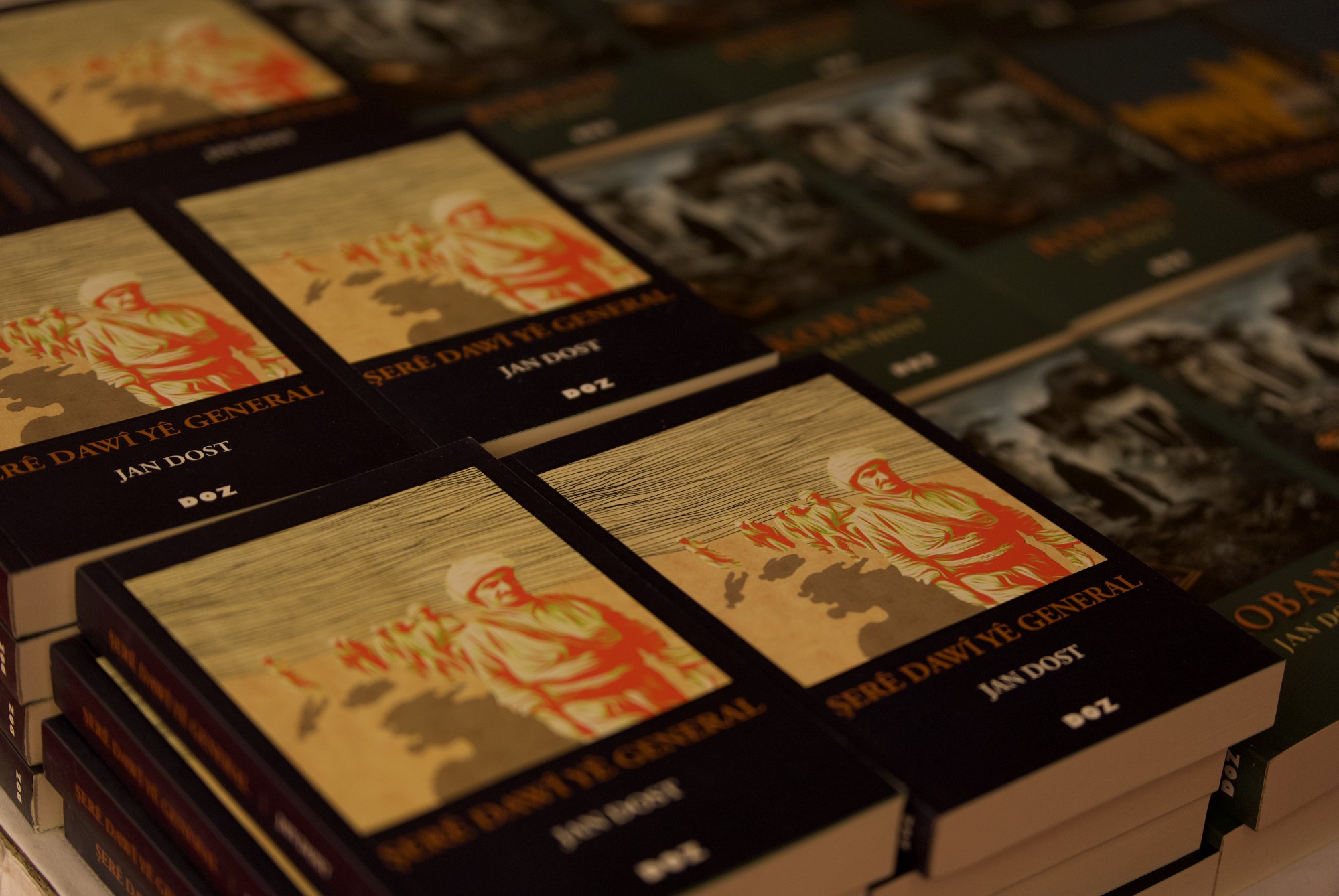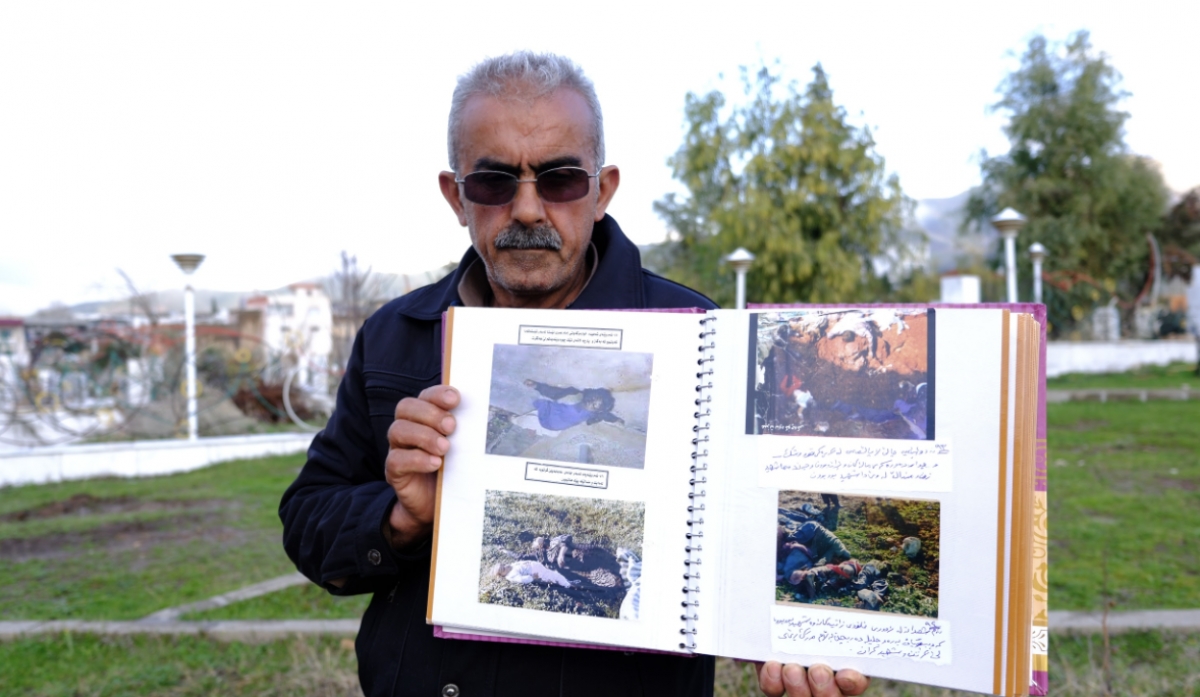Before Enver Ozkahraman began taking photographs in the late 1960s, Turkish media knew little about the nature, people, and beauty of Turkey's Kurdistan.
Enver, a tall man with two long-lensed cameras, one around his neck and the other in his hand, was born in Diyarbakir province in southeastern Turkey near the banks of the Tigris river. During his youth, he visited many villages in Turkey's Kurdistan, most notably those on the border of Turkey and Iraq in Hakkari province, to photograph Kurdish people and the nature around them.
Enver completed his mandatory military service and soon after began working for the state agency YES (Roads, Water, Electricity), which provides essential services to rural areas. Enver, who was also a painter, was instantly taken with the stunning landscapes of Kurdistan, inspiring him to purchase a camera to capture them.

"I became a photographer due to the vibrancy of the Kurdish people and their environment, the colors of their clothing, mountains, and plains,” Enver said, who then mentioned that the colors of Kurdish women's clothing were derived from nature itself.
Then he added that the Iraqi Kurdish freedom fighters, the peshmerga, were another reason he became a photographer.
"While working in villages near the Iraqi border, I encountered some peshmerga. My friends did not believe me and laughed at me, so I purchased a camera to show them the photographs.”
He began with a Russian Lübitel 6x6 cm film camera because European and American cameras were too expensive at the time, and Enver could not afford them.
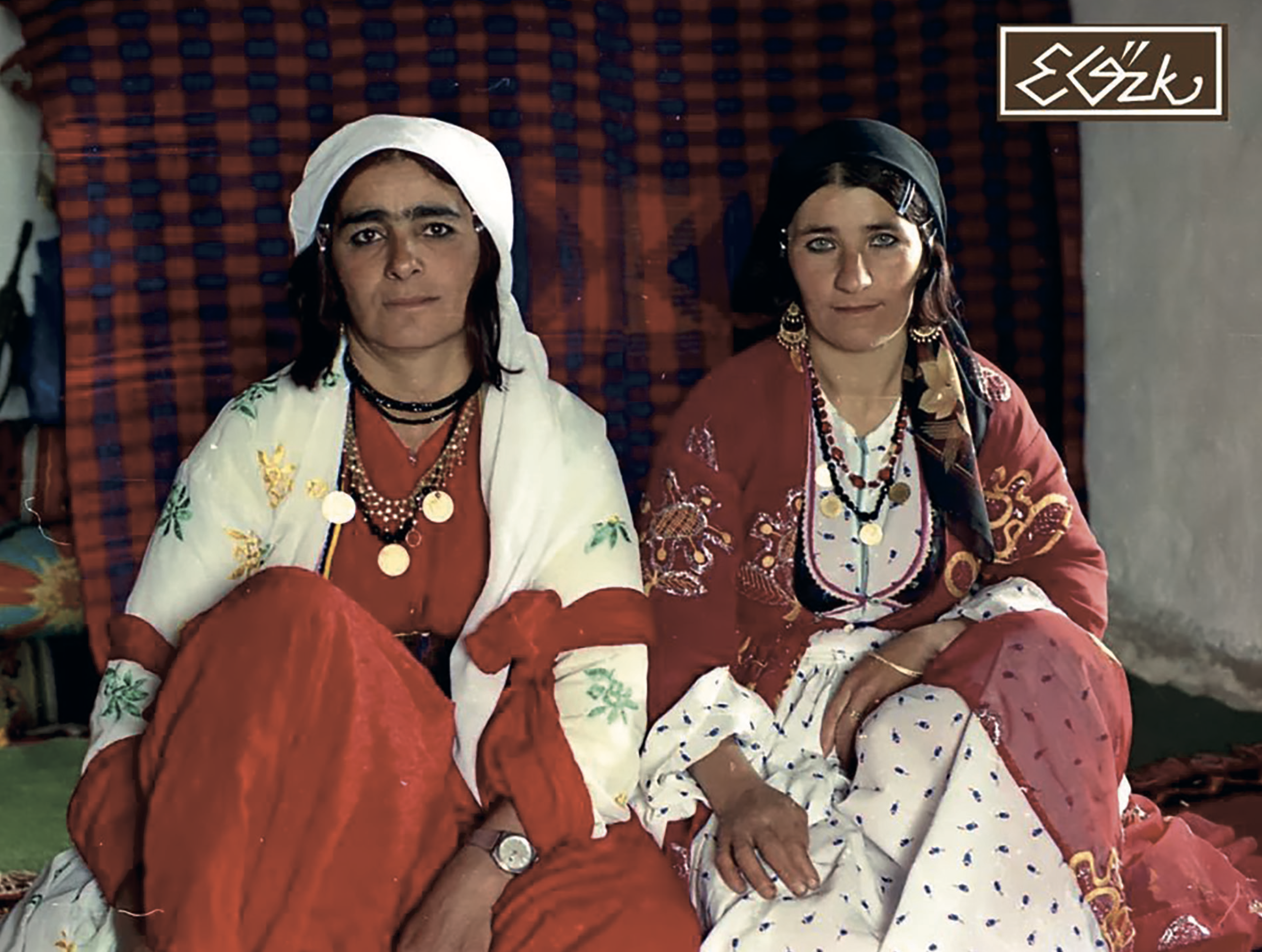
"Every frame we shot cost money, so it made us very sad when even a few frames were burned. We had to be vigilant and familiar with the light and adjust the aperture and shutter speed accordingly. Otherwise, you would not only miss an opportunity, but you would also lose financially," Enver explained.
Since 1969, Enver has taken countless photographs, though he is not referring to digital ones. Hundreds of his photographs appeared on calendars and postcards in Turkey and abroad during years when these were popular.
"I have created an archive of a nation, I have everything you want from the sheep dung to the clouds," Enver boasted of his accomplishment.
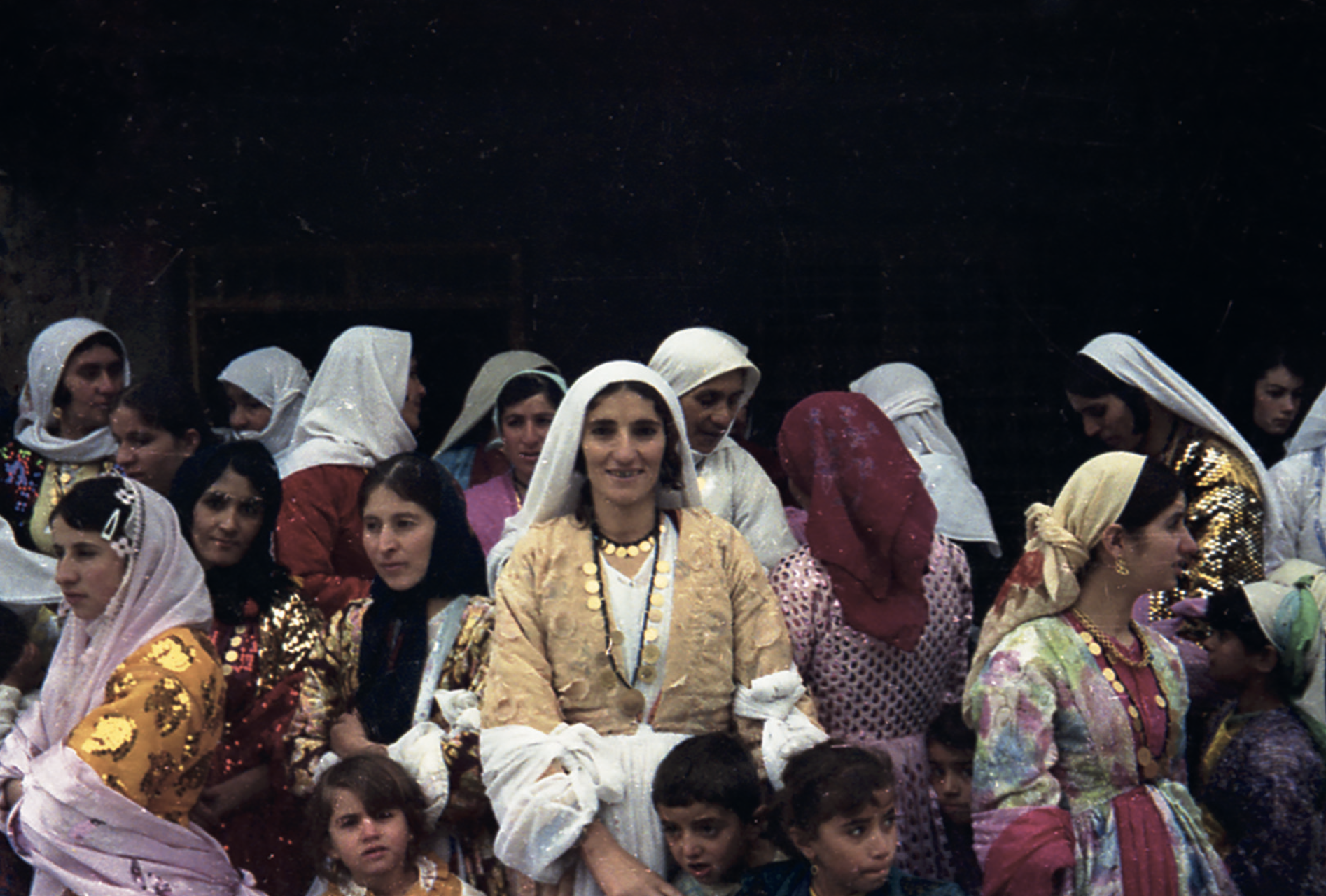
Photographing the exodus of Iraqi Kurds in 1991
During the 1991 exodus, when more than one million Iraqi Kurdish refugees flooded across the borders into Turkey and Iran to escape Saddam Hussein's Republican Guards, Enver went to the border to photograph the refugees, as the Turkish army did not permit Kurdish refugees to cross.
"These photographs of Kurds who were fleeing Saddam's oppression are special to me; I traveled as far as possible on foot to take them," he said.
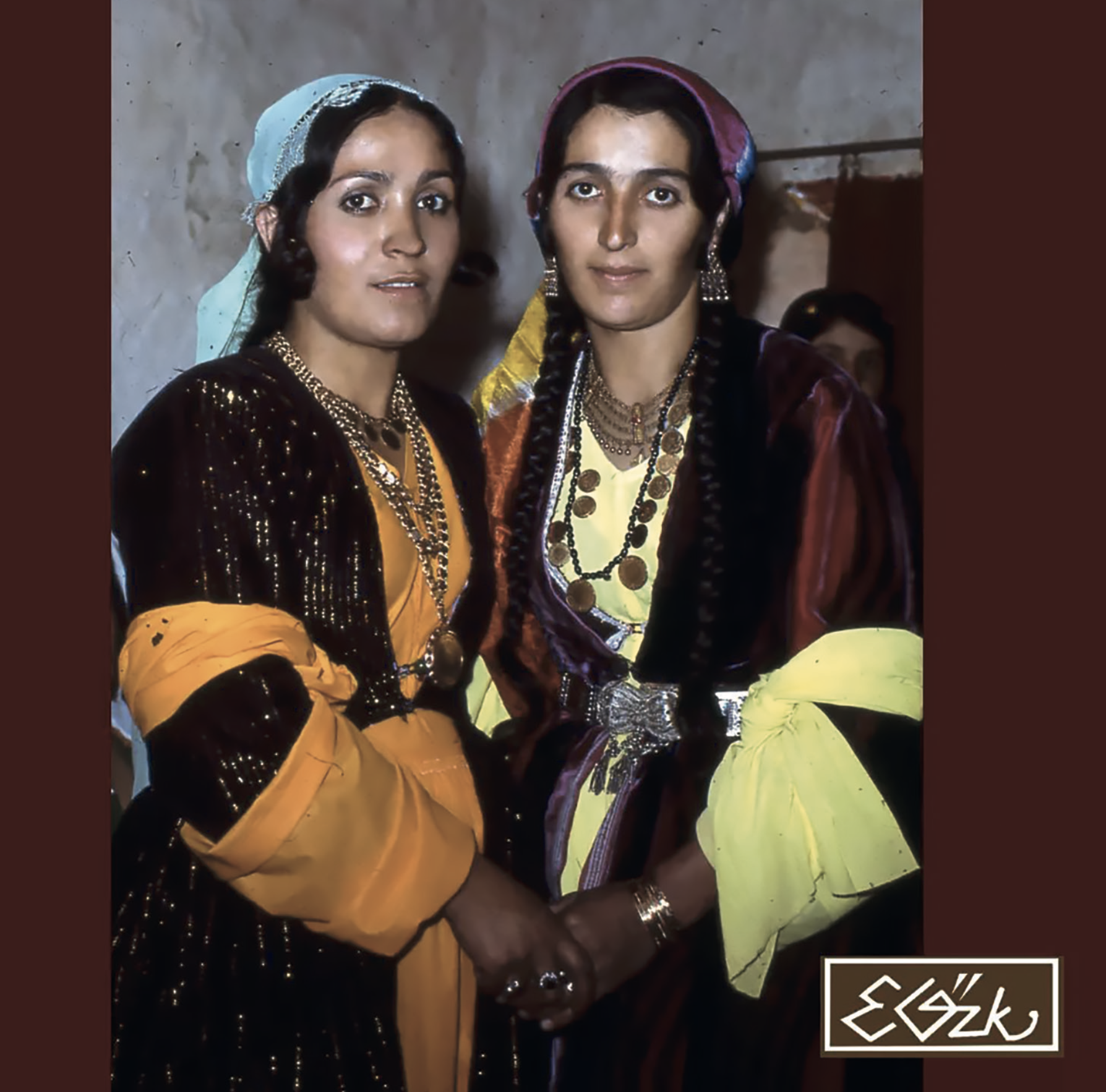
The photographs of Enver have been exhibited in numerous countries, including Switzerland, Sweden, and the United States. Now, his only desire is to open an exhibition in the Iraqi Kurdistan cities of Erbil and Duhok.
"That's all I have in my heart. In that exhibition, I'll show them the years 1988-1991," he said.

Teaching rug weaving to young Kurdish girls
While visiting the villages, he became acquainted with the art of rug weaving, which has been passed down from generation to generation for centuries.
This experience led him to establish a workshop in the eastern Turkish province of Van to preserve this traditional art. There, he began teaching rug weaving to young girls who were unable to attend school and had left their villages due to the lack of work opportunities. He has thus provided a means of support for young women to sell rugs and participate in bazaars and fairs. Today, his workshop has evolved into a literacy-focused school.
"My mother used to make rugs at home when I was a kid. Rug weaving is the art of this nation,” he said.
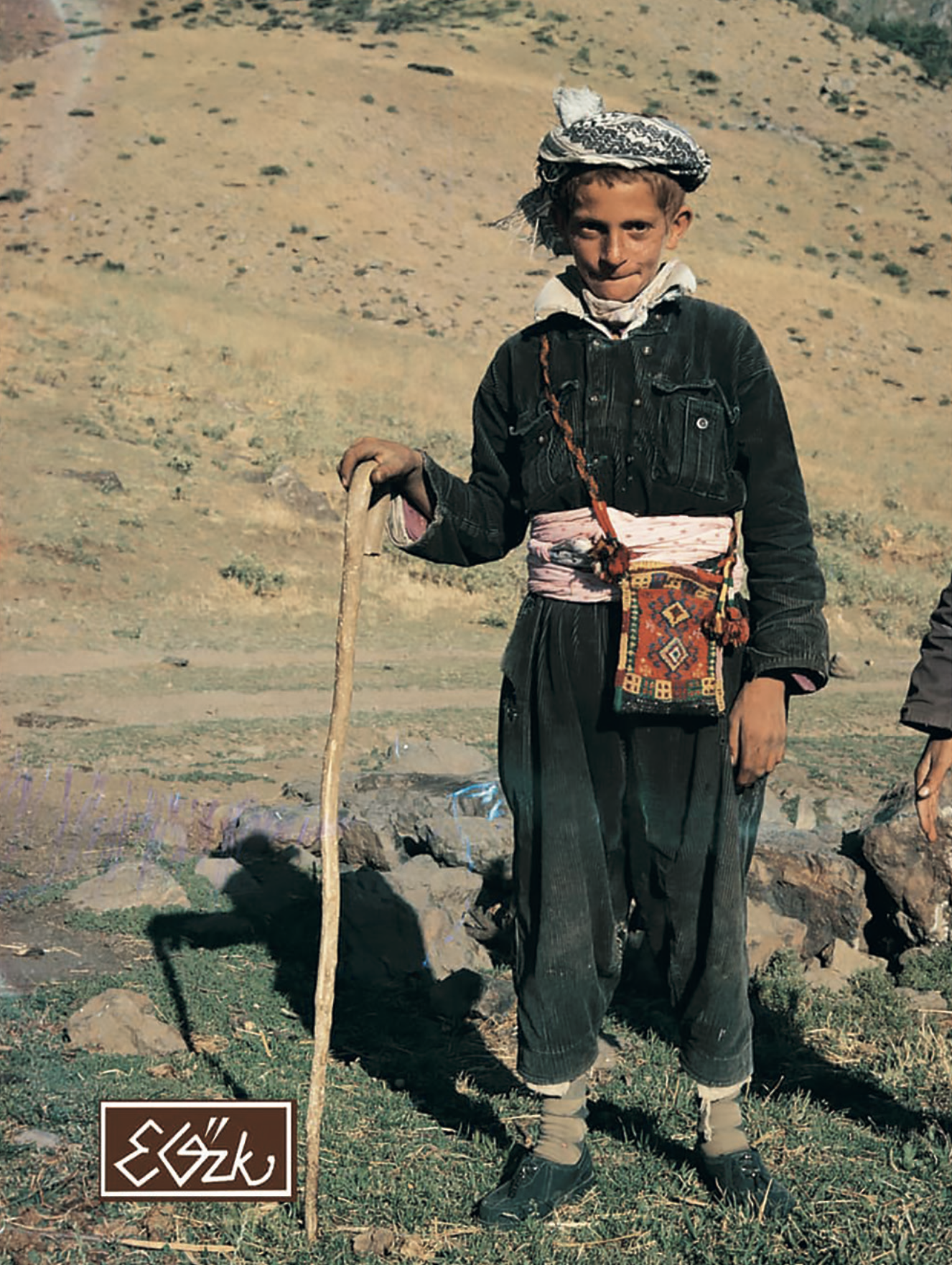
Kurdish kilims have unique designs and motifs and are made of madder and wool. They have thirty major motifs in total. The most common designs are Herki, Sumarkl, Saman, Halitbey, Gulhazar, Gulsarya, Gulgever, and Sine. Kurdish kilims are made up of five main colors: red or bordeaux, dark blue, brown, black, and white.
Enver never tires of discussing his photographs; he believes that photographers and filmmakers should pay more attention to older generations and forgotten stories.
"The old people are treasures, untouchable treasures," Enver said.
Mem Artemet was born in Van and currently studying for his doctoral degree at Artuklu University in Turkey. He is the editor of Sûretgraf magazine.
